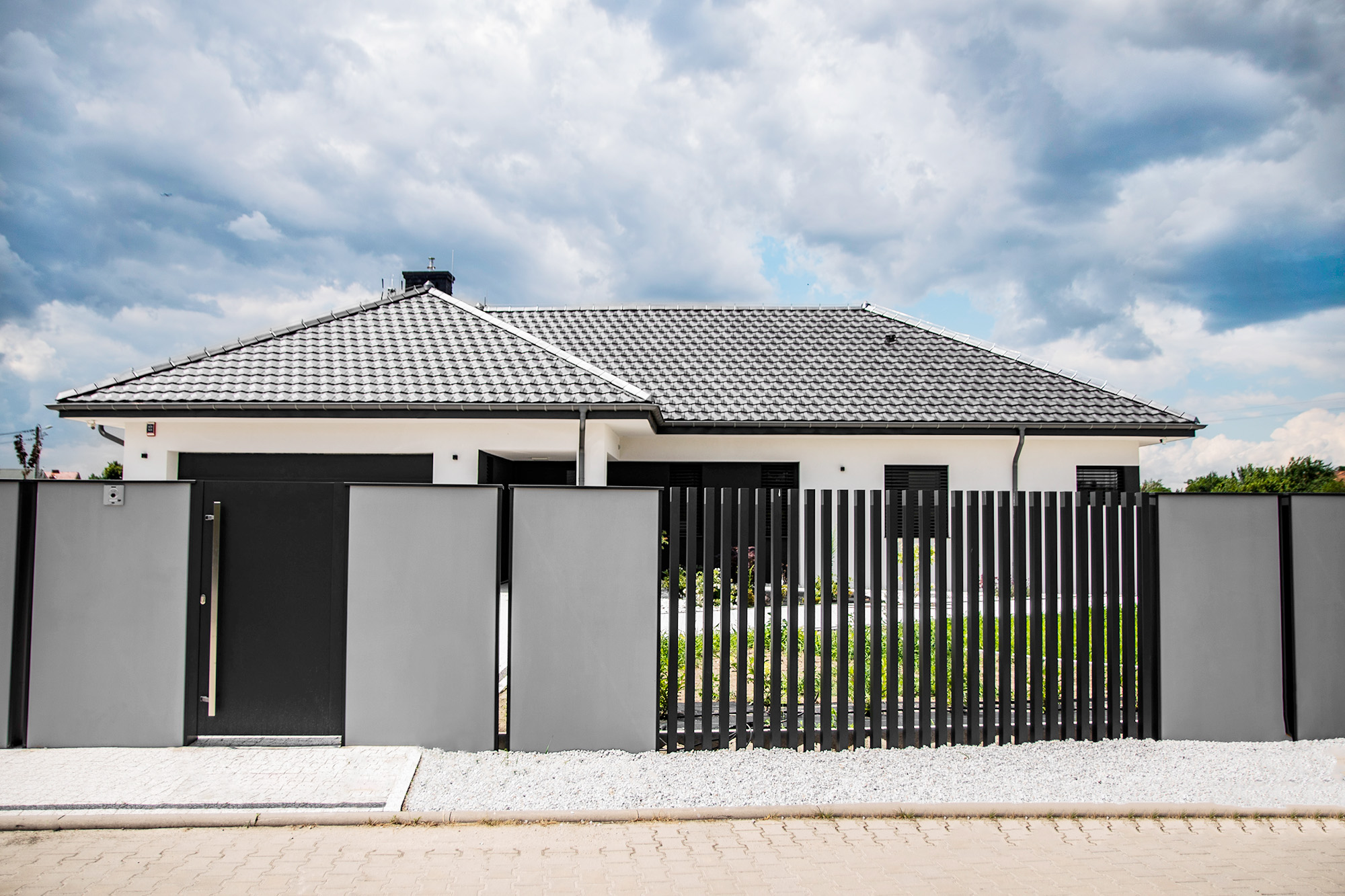
Even if you hadn’t planned to set up a fence on your plot, according to regulations during the construction of a house, you must fence it. Otherwise, you could receive a fine of even several hundred złotys. Temporary fencing installation doesn’t require a permit, provided its eventual height exceeds 2.2 meters. You can handle the installation yourself and even before receiving a building permit, which will save you time and money.
Construction Fencing and Regulations
According to the Regulation of the Minister of Infrastructure regarding safety and occupational health during construction work, the construction site area must be fenced in a way that unauthorized persons cannot enter. The fence’s height should be at least 1.5 meters, and its structure must be stable to avoid endangering people in its vicinity. Importantly, according to regulations, if fencing the construction site is not possible, its boundaries must be marked with warning signs.
Temporary or Permanent Fencing?
Securing a construction site is a significant expense, especially if the fence is intended to serve for years. Some individuals decide to install decorative panels or palisades even before commencing construction work, as these are included in the final project design. However, this is not the best solution. Excavators, concrete trucks, and heavy-duty vehicles must have unobstructed access to the construction site, ideally from several sides, to deliver necessary materials as close as possible to the work area.
Palisades or gabions significantly impede vehicle maneuvering and could be damaged, especially with limited visibility. During construction, it’s better to install temporary fencing, especially if the plot is small. The installation of mesh fencing or lattice panels doesn’t take long and doesn’t require special skills. If you want to reduce the costs associated with securing the construction site, you can handle it on your own. To save, you might consider renting panels instead of buying them.
What Type of Fencing is Best?
For securing a construction site, panels and mesh are excellent choices. Panel fences are sturdy yet incredibly easy to install. Individual panels don’t need to be dug in; they are simply placed on concrete bases, usually taking no more than a day. If necessary, the fence can be easily moved (for example, before the arrival of a large vehicle).
Panels come in openwork and solid versions, and for securing a house construction, the former will suffice. If the expected construction period isn’t long, consider renting a fence. If the construction will take more time, it might be more cost-effective to buy and later resell the panels. If you don’t prioritize quick installation and want to secure the site at a low cost, stretch mesh along the edges of the plot. Even if you opt for the cheapest materials, ensure the fence is properly installed to last until the construction crew’s work is complete.
Safety Comes First
A construction site fence must meet safety standards. Above all, its individual elements cannot pose a threat to people or animals. Avoid sharp-tipped posts. Also, ensure that no wires or other elements that could cause injury protrude from the fence structure. Even a temporary fence must be stable. If you choose to install mesh fencing, make sure to bury the posts deeply, and preferably, pour concrete footings.
If you prefer to enclose the construction site with lattice panels, choose ones with heavy concrete bases. Otherwise, in strong winds, the fence could sway or even topple. If you don’t have a garage to store equipment and building materials, opt for a fence that’s over 1.5 meters tall. Also, invest in locks to protect the plot from burglars during your absence.
Due to existing regulations, securing the construction site is a necessity. However, remember that a solid fence will not only shield you from fines but also from thieves and damage to your property.